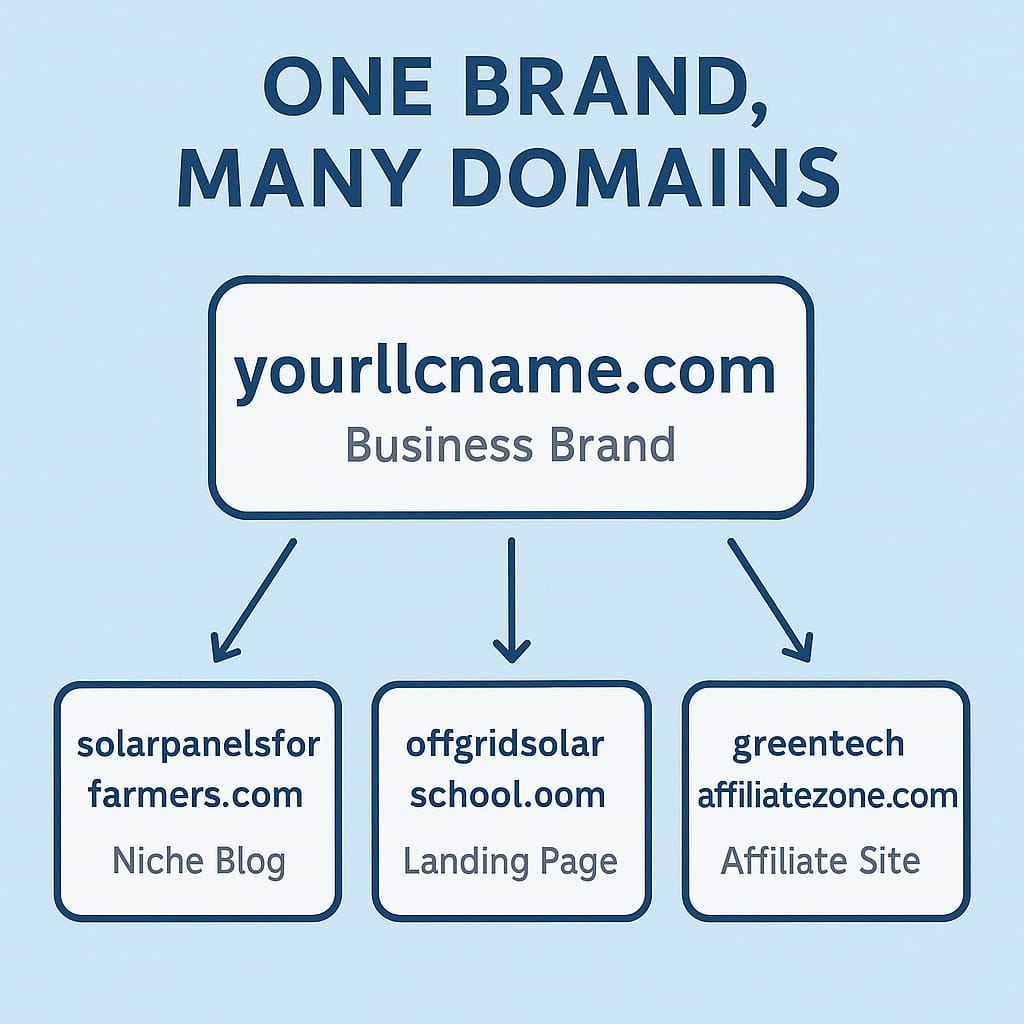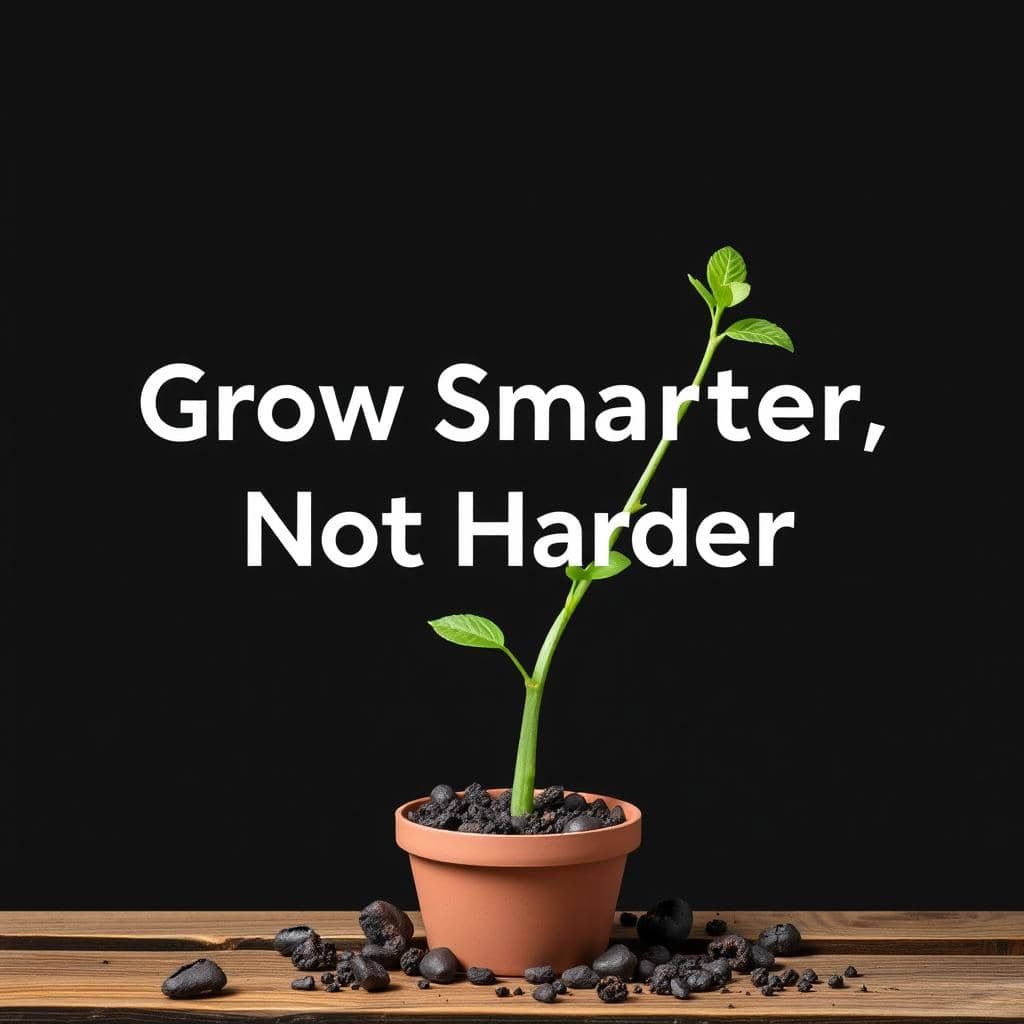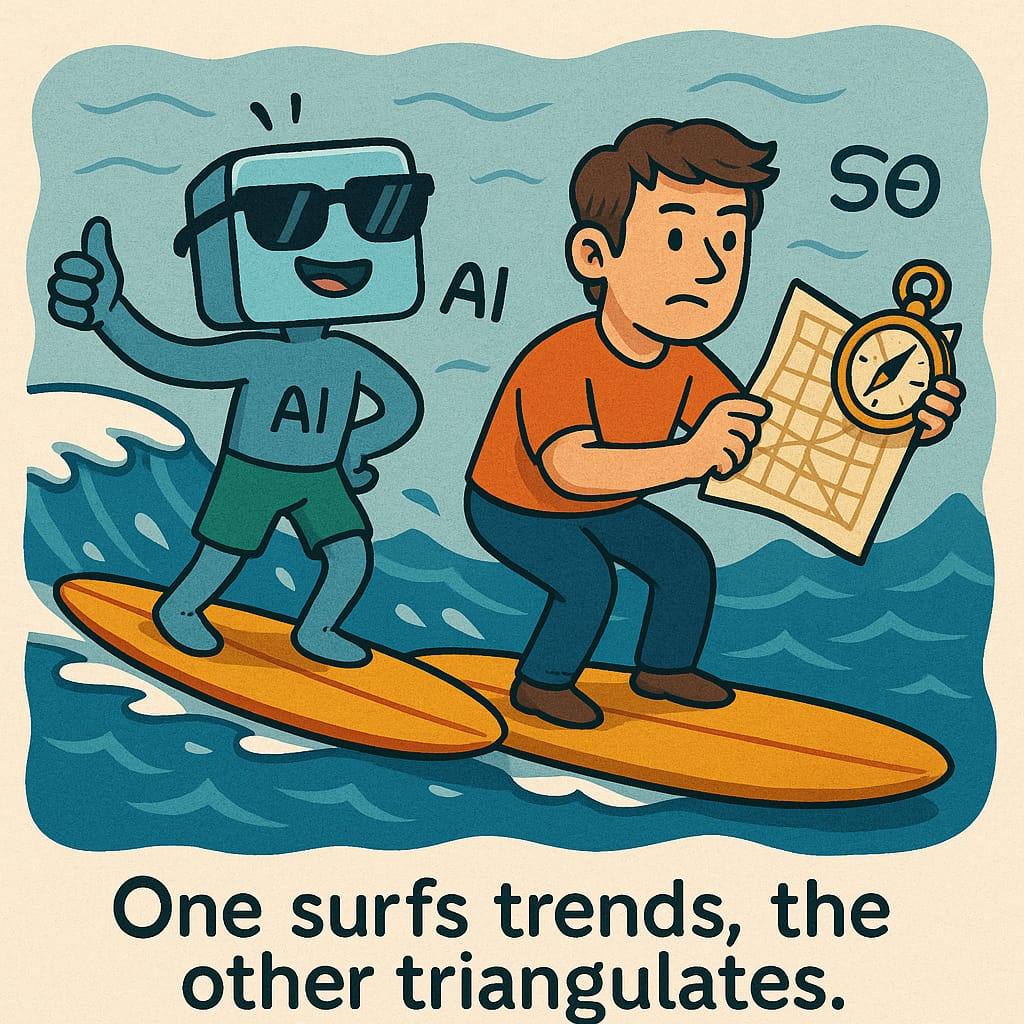
How to determine the structure of your website
When creating a website, it’s essential to plan its structure carefully. A well-organized site structure can help visitors find the information they need quickly and easily, leading to a better user experience and increased engagement. Here are some key elements to consider when determining the structure of your website:
Define your goals
Before you start planning the structure of your website, it’s important to define your goals. What do you want your website to achieve? Do you want to sell products or services, provide information, or build a community? Understanding your goals will help you determine the pages and content that need to be included in your site.
Identify your audience
Knowing your audience is essential for creating a website that meets their needs. Consider who your target audience is and what information they’re looking for. This will help you determine the pages and content that should be included in your site.
Organize your content
Once you know your goals and audience, it’s time to organize your content. Divide your content into categories and subcategories, and create a hierarchy of information that makes sense for your audience.
Consider navigation
Navigation is a crucial aspect of site structure. Your navigation menu should be clear and easy to use, with labels that accurately reflect the content on each page. Use drop-down menus or nested pages to organize content if necessary.
Plan for scalability
Your site structure should be able to scale with your business as it grows. Consider how you can add new pages or content in the future without disrupting the existing structure.
Optimize for search engines
A well-structured site can also improve your search engine rankings. Use descriptive page titles and meta descriptions, and organize your content in a way that makes it easy for search engines to crawl and index your site.
Table of key elements to consider
| Element | Description |
| Goals | Define the primary purpose of your website, such as selling products or providing information |
| Audience | Identify your target audience and their needs |
| Content | Organize your content into categories and subcategories, and create a hierarchy of information |
| Navigation | Create a clear and easy-to-use navigation menu, with labels that accurately reflect the content on each page |
| Scalability | Plan for future growth by creating a site structure that can scale with your business |
| Search engine optimization | Optimize your site structure for search engines by using descriptive page titles and meta descriptions, and organizing your content in a way that makes it easy for search engines to crawl and index your site |
By considering these key elements, you can create a website structure that meets your business goals and provides a positive user experience for your audience. Take the time to plan your site structure carefully, and you'll be well on your way to creating a successful website.
Thank you for reading and sharing!

Invest in your future & learn
Learn affiliate marketing & build your own website.
Heads up! Make sure you sign up using my referral link to get access to my personal coaching and all features.
👉 Sign Up
Source OpenAI’s ChatGPT Language Model and DALLE – Images Picsart







